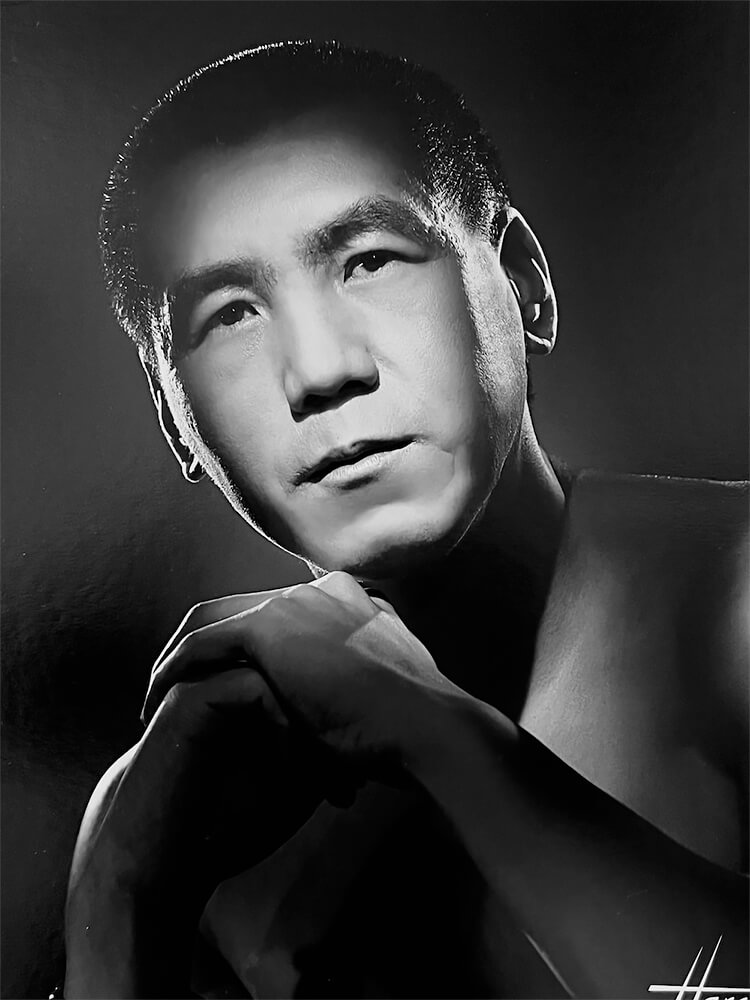A freelancer artist, photographer. He was born in 1971 in China. He has been engaged in photographic art creation for 30 years, currently lives and works in Peoria, IL USA.
Qingjun's representative work is series from 2003 and it is still on-going. The series has reached 150 works till 2023. Robert Frank reviewed Qingjun’s works in 2012 and evaluated “ Your work is an open window to look at China.
'Family Stuff' contains the main series and some sub-series includes 'Online Shopping Family Stuff', 'Homeless People’s Family Stuff', 'China Intangible Cultural Heritage Inheritor’s Belongings', 'The Stuffs of Live Streamers', and 'Family Stuff USA'. BBC interviewed Qingjun four times, Various international media, such as New York Times, Bloomberg, Harvard Business Review and Wired, have also covered his works. His works have also been published widely on paper media, online media, photo books such as National Geographic, Architecture Boston, Business Insider, GEO, Chinese National Geography, Discovery Cultural Geographic Monthly, Guardian Weekend, China Daily, Chinese Photography Magazine, Grazia France, Dutch Weekly Magazine, Vrij Nederland, Dutch Financial Daily, Family Photography Now etc. Some of his works appeared in textbooks published by Oxford University Press, and National Geographic learning.
Family Stuff
I have been making my long-term project "Family Stuff" series for 20 years, which now includes 150 photographs. I gather a family’s belongings from different spaces in the home and arrange them in one place to take a photograph with the family members. Most of these photos are taken outdoors, with the home as the background. Ninety percent of my previous works were shot in China during a time of rapid economic development, modernization and globalization. I used this method of staged photographs to record history. In the photos, a household’s real interior space is briefly exposed in an external space; also can be seen are environment changes, urban expansion, technological advancements and shifts in people's lifestyles. Through static documentation of the above, I create a dynamic social panorama.
From 2022, I started photographing American families. The family is the smallest unit that forms society, and many such units make up this society. I continue to use the "Family Stuff" series to reflect the internal structure and diversity of contemporary American society. I have observed that among American families, whether they live in big cities or small townships, there isn't much difference in their basic material living standards. Therefore, I pay more attention to showcasing their cultural and spiritual life. I spend a significant amount of time preparing for each photo, getting to know the story of the subjects, visiting their rooms, contemplating the concept of the shoot, and carefully selecting the items for display. The concepts of these works cover the lifestyle of native-born Americans, immigrants' nostalgia for their homeland, as well as themes of love, work, identity, gender and the passage of time. Each material object is carefully chosen to reflect the subject’s interests and aspirations. I move these items and arrange them in overlapping frames, visually enhancing the familiar scenes and highlighting the current life status, beliefs and emotional memories of the family or individual.
In Oct.2023, I had photographed a Swiss man living in a camp, with his Harley motorbike and sports car living a different lifestyle in Switzerland, which makes me thinking about to document different lifestyles around the world as much as I can. I then came back to China and photographed two more interesting subjects in December 2023. I hope to move on to showing people’s spiritual life through their material life. Through a single photograph, I depict both the external reality and their inner world. The images help viewers to look at humanity itself, understand the stories and often provoke contemplation.
